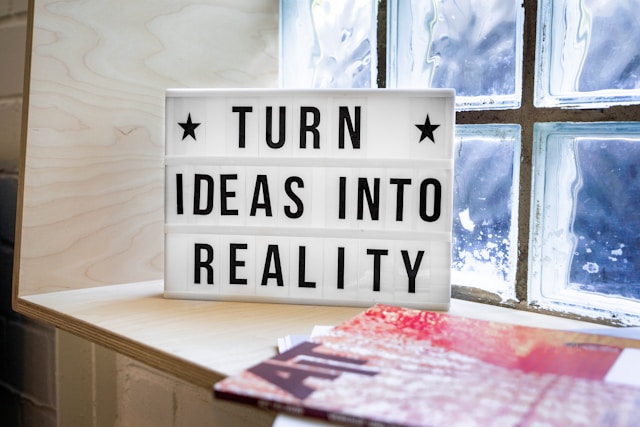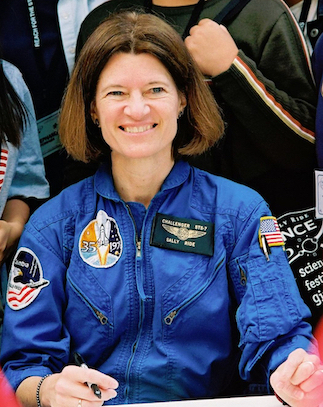“Motivation comes from working on things we care about. It also comes from working with people we care about.”
—Laura Berman Fortgang, Coach and Leadership Author
True motivation springs from the heart — when we engage in work that truly matters to us and collaborate with people we respect and care about.
This powerful combination fuels passion, persistence, and joy in what we do. When tasks align with our values and we share the journey with supportive colleagues or friends, motivation becomes an unstoppable force, making challenges feel like opportunities rather than obstacles.
To cultivate this energy, seek projects that resonate deeply and nurture relationships built on trust and encouragement.
By focusing on meaningful work and authentic connections, motivation naturally follows, inspiring us to reach higher and sustain our efforts. Ultimately, caring transforms work from a chore into a fulfilling and energizing experience.
EXERCISE:
Laura Berman Fortgang is a well-respected coach and author specializing in leadership, career development, and personal growth. You can learn more about her and her work at www.laurabermanfortgang.com










